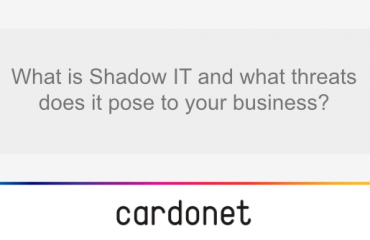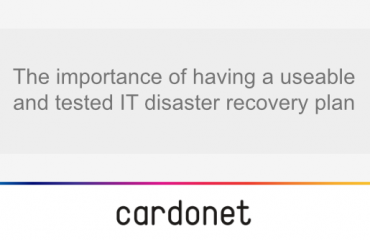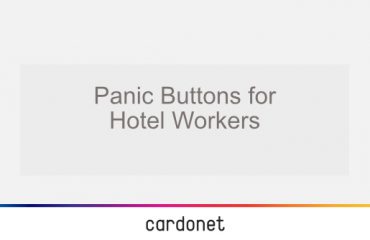
You know that IT issues and downtime are a massive cost to your business in terms of lost time and productivity. That leads to lost revenue opportunities and a situation that could negatively impact your brand. It therefore makes sense to work out the cost of any downtime to your business with a view to mitigating your risk, especially when you are reviewing your business IT Support and IT Infrastructure spend.
Virtually every business in every industry has become reliant on some form of technology for success. When something goes wrong with that technology, at it will, it is going to impact your efficient operations. Problems could range from simple printer and login issues, all the way through to core infrastructure issues or security breaches.
To determine the risk and cost of downtime, you need to take some time to work through the following process:
Determine which of your systems are critical to your business operations and try and rank them in an order of priority.
Property Management Systems and network interfaces are vital to hoteliers, and EPoS is vital to a restauranteur, for example. A CRM outage could be seen as an inconvenience, but you may still be able to operate. Any system that prevents you from trading needs to be prioritised.
Work out which employees would be impacted by the unavailability of each system.
eg. An email outage could affect everyone, but the unavailability of accounts systems may only affect your accounts department. You know your business and know the impact that an outage would have on any part of it.
In each scenario, work out the hourly wage of all affected employees.
If your team can’t access critical systems to do their job, then they are being unproductive and are therefore costing you money, while not generating any. If employees can still carry out some tasks, then you need to work out the percentage of time employees would be impacted by the loss of identified systems and then apply that percentage to your workings.
You may also want to look at the impact from a demand perspective. For example, an EPoS outage in the early morning would have less impact on a restaurant than an outage during the peak rush hour. As such, you may need to adjust your numbers accordingly to your particular circumstances.
Come up with a number of periods of time that you could expect an outage to last.
eg. 1 hour, 4 hours, 1 day, 1 week, 1 month. By doing this, you will be able to work out the cost of your team not being able to work for those periods of time. You may also discover that your business could not afford to have critical systems down for more than a certain period of time, which will again help you define your support requirements.
Determine what impact downtime would have on your business reputation.
This is a hard cost to calculate as it is subjective, but the lasting impact of downtime could be the largest cost that your business has to bear from the unavailability of key systems. You may find a major customer leaves because of bad service, or because they have lost confidence in your ability to deliver. That may have a long term impact on your operations. That customer may then talk about their experience with others, and before you know it, you have a bad reputation within your marketplace. An outage at some businesses could even be press worthy, which will compound the impact on your brand and your business, which could take a long time to recover from.
As you can tell, working out the cost of downtime to your business can be hard to do and can be very subjective, but even if you err on the side of caution, you will be able to quickly determine how important it is to invest in highly secure and highly available infrastructure, while also ensuring that it is supported by proven technology experts. It is a false economy to do otherwise.
Having worked out your risk and cost profile, you can then go about taking action to mitigate those risks and put solutions in place to overcome downtime. That could be anything from investing in completely redundant infrastructure with strict response and resolution times, to accepting that you will have some downtime costs, but mitigating them as much as possible through effective IT support and fully tested disaster recovery plans.
The key is to have an organisation that you trust who would be able to respond to your needs quickly and at scale with experienced, highly skilled experts.
That way you enjoy added peace of mind with a greatly reduced risk profile and you will save on the costs from any downtime, keeping your people earning and your brand protected. You will also be able to spend time focussing on your business goals and working on the activities needed to achieve them.
The Cardonet team have a great deal of experience working with organisations in a range of industries, helping them determine the cost of downtime to their business and advising on the best strategies to get them up and running again quickly.
Contact us on +44 203 034 2244 or +1 323 984 8908, or contact us online to help you mitigate the risk and cost of of downtime on your business.



You must be logged in to post a comment.